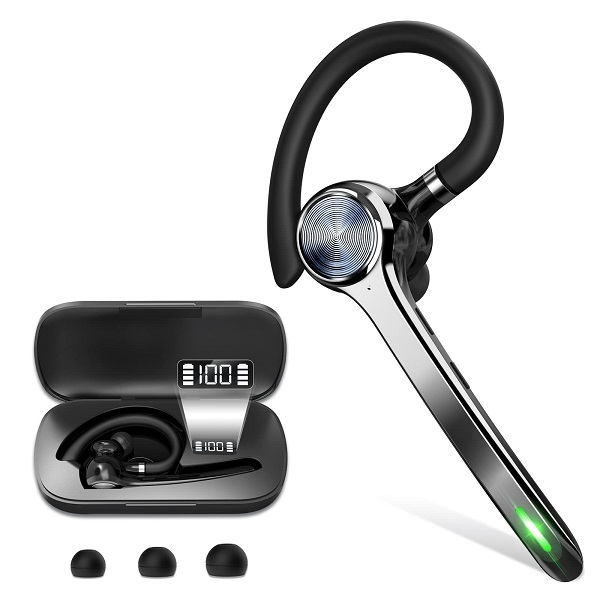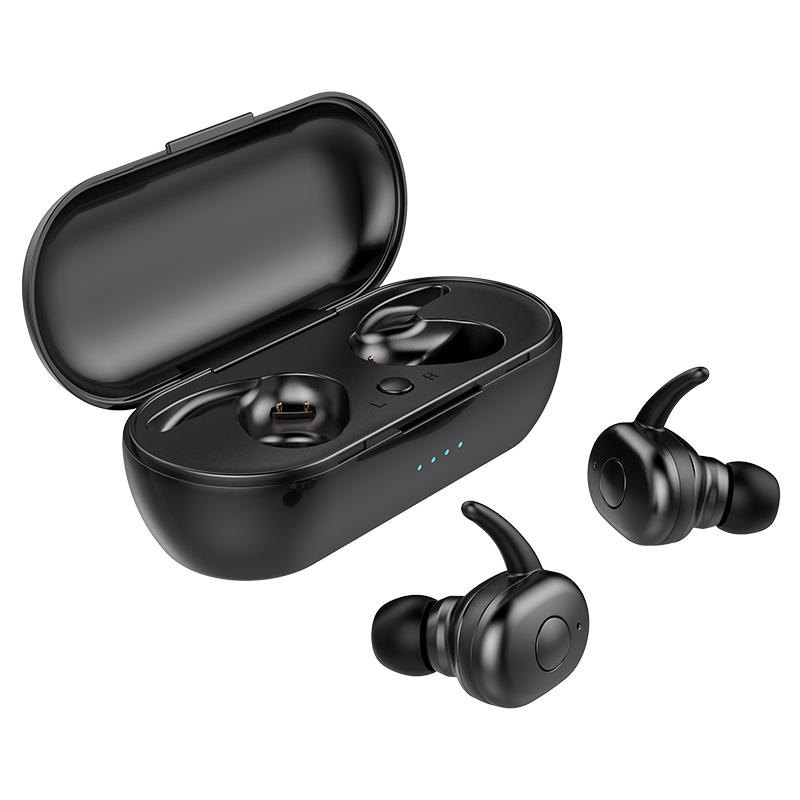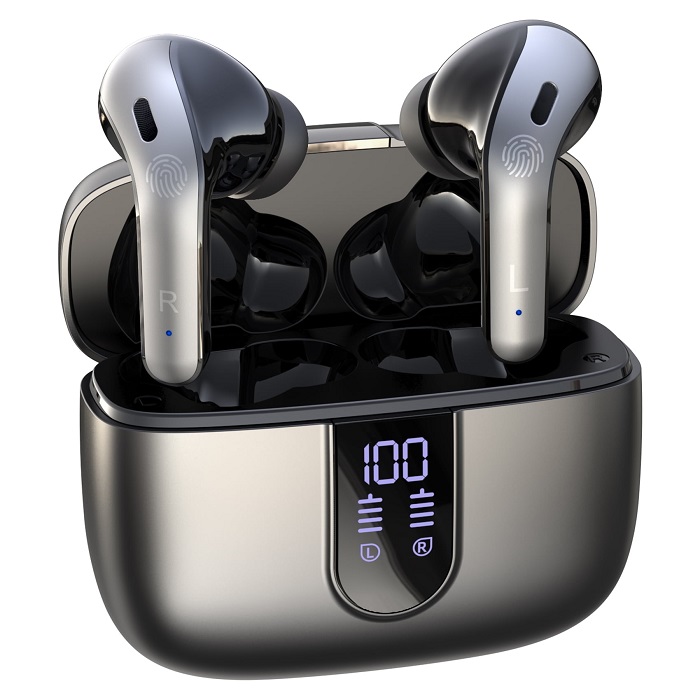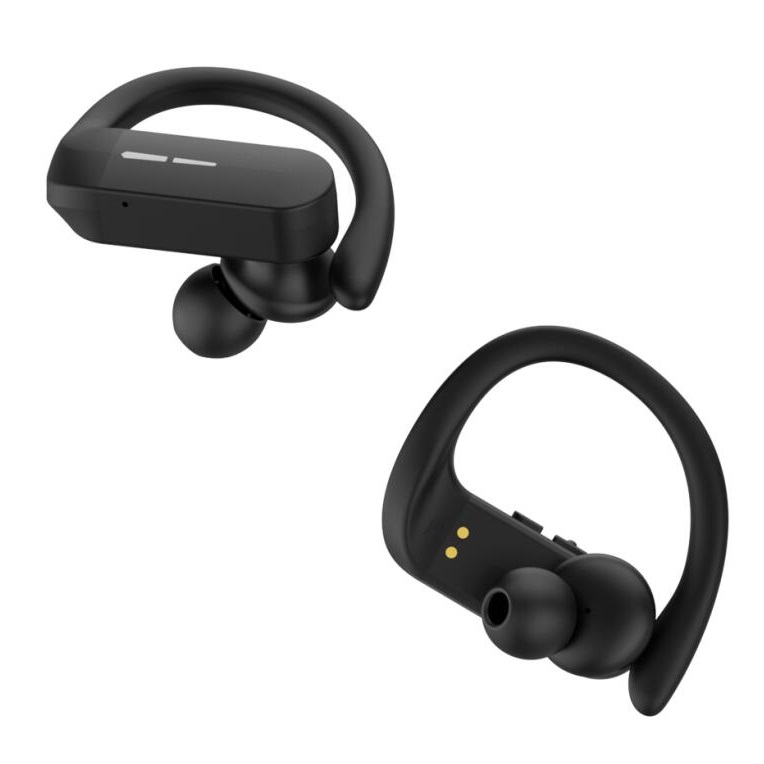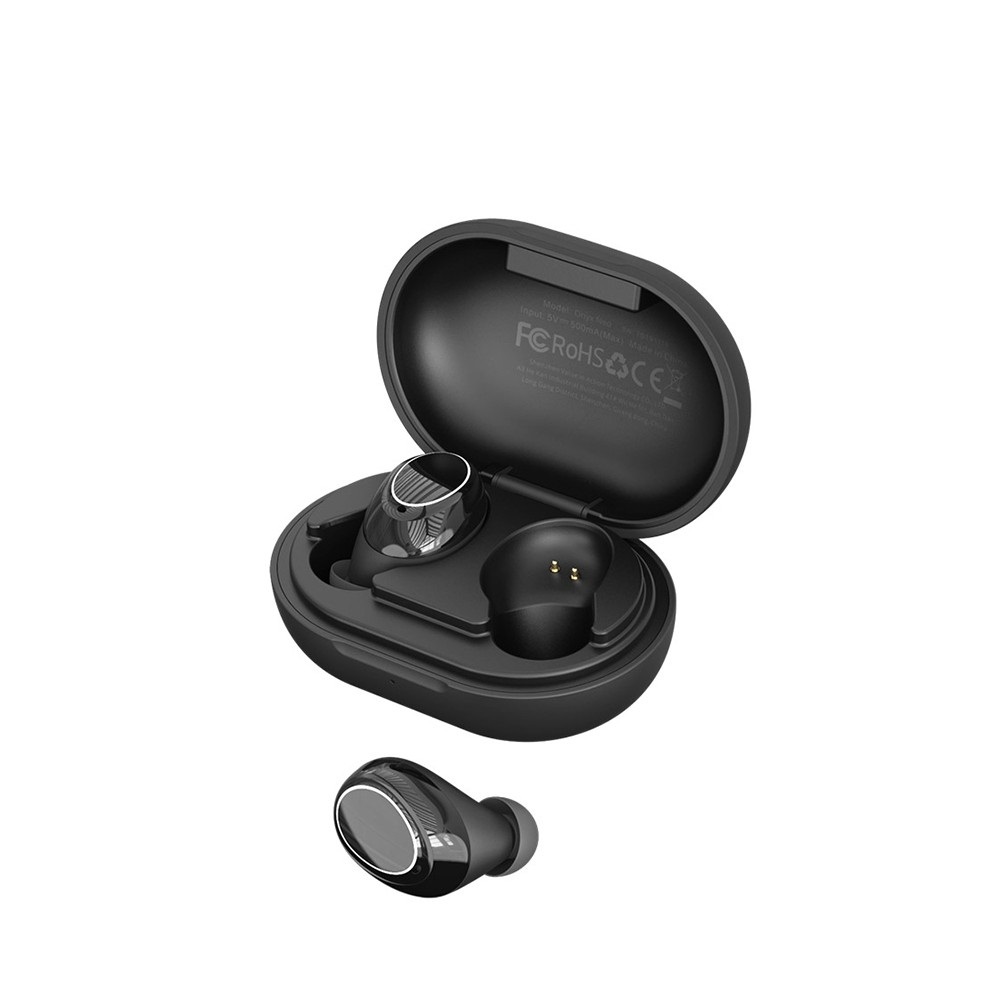Understanding the Basics of Headsets
Headsets, by definition, are a combination of headphones and a microphone. They allow users to listen and speak, making them vital for communication and entertainment. Initially, headsets were bulky and uncomfortable. They were often used in specific sectors like aviation and telecommunications. However, technology has drastically changed the design and functionality of these devices.
The earliest headsets were wired and typically cumbersome. They had basic sound quality and limited features. Yet, they served their purpose in industries where clear communication was essential. Professionals relied on them for effective dialogue, especially in noisy environments.
Over time, as technology advanced, the demand for better sound quality and comfort grew. This spurred innovation in design and materials. Manufacturers began focusing on ergonomics and sound fidelity. Today, headsets come in various shapes and sizes, catering to diverse needs and preferences.
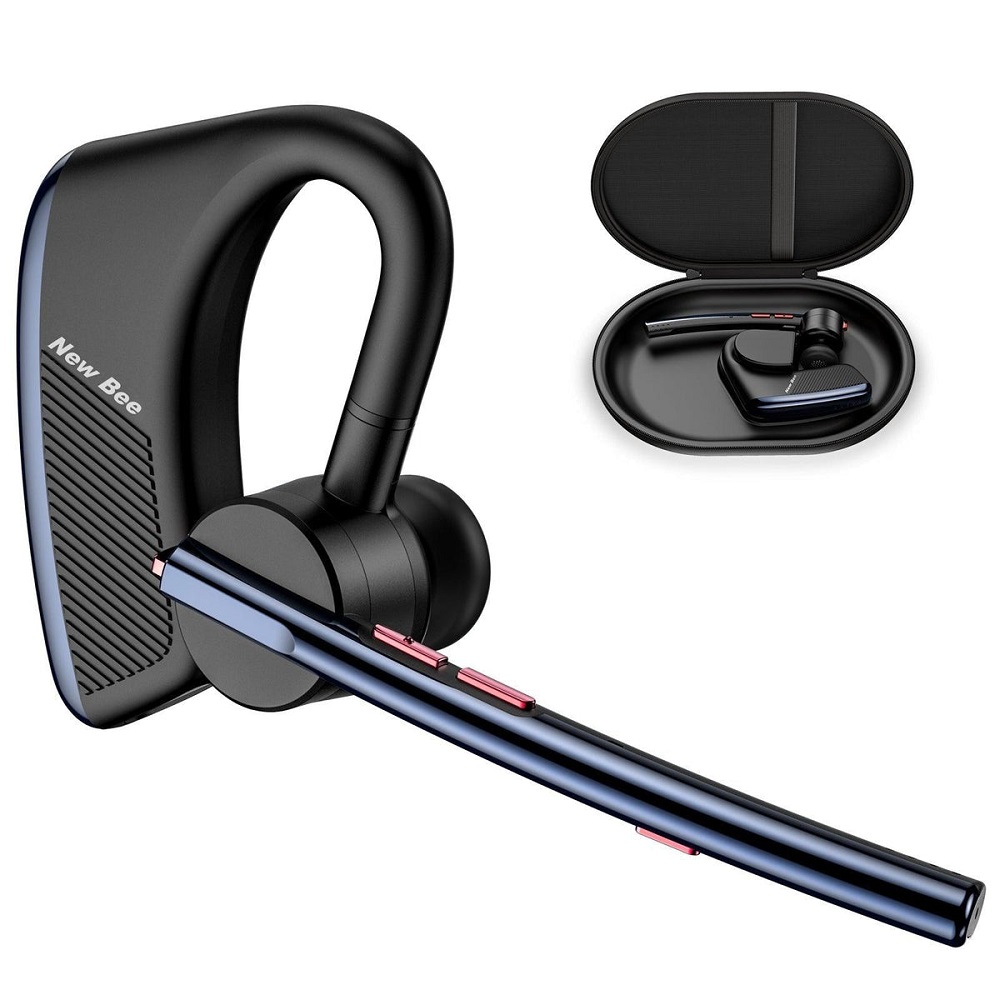
Types of Headsets
Wired Headsets: The Traditional Choice
Wired headsets remain popular due to their reliability and simplicity. They connect directly to devices via audio jacks or USB ports. This direct connection often results in superior sound quality. Users don’t have to worry about battery life or connectivity issues.
Wired headsets are used in various settings, including offices, gaming, and music listening. Many professionals prefer them for conference calls and virtual meetings. The clean sound quality allows them to communicate clearly without interruptions.
Also, wired headsets often have a lower price point compared to wireless options. This affordability makes them accessible to a broader audience. Many users who need a cost-effective solution find wired headsets to be a practical choice.
Wireless Headsets: Modern Convenience
Wireless headsets have surged in popularity over the last few years. They offer freedom of movement and ease of use. With no cables to hinder activities, they are perfect for users who are always on the go. Whether at the gym or commuting, wireless headsets provide unmatched convenience.
Bluetooth technology has played a crucial role in this advancement. Users can pair these headsets with smartphones, tablets, and laptops quickly. The ability to connect to multiple devices adds to their functionality.
Wireless headsets often come with added features such as noise cancellation and touch controls. These features enhance the user experience considerably. Many models even offer voice assistants, making it easier to manage tasks hands-free.
Gaming Headsets: Designed for Enthusiasts
Gaming headsets are specifically designed for gamers. They have unique features tailored for an immersive experience. These headsets often include surround sound capabilities. This feature allows players to hear every detail, enhancing gameplay.
Comfort is another critical factor for gaming headsets. Gamers can spend hours in front of their screens. Thus, a good fit and cushioning are essential. Many gaming headsets also come with customizable RGB lighting. This adds a personal touch to the gaming setup.
Microphones on gaming headsets are often optimized for in-game communication. They help players strategize and coordinate seamlessly. Many models also offer features like noise cancellation, ensuring clear audio quality.
The Importance of Sound Quality
High-Resolution Audio: A Step Above
Sound quality is a paramount feature in headsets. High-resolution audio technology has changed how users experience sound. It provides music lovers and audiophiles with a richer, fuller sound. This technology captures nuances in music that standard audio might miss.
Headsets that support high-resolution audio typically feature larger drivers. These drivers are responsible for producing sound. They can handle a wider frequency range, resulting in clearer audio. Users can hear every instrument and vocal nuance, making listening a joy.
The rise of streaming services offering high-resolution music has increased the demand for such headsets. Users are no longer satisfied with mediocre sound. They seek products that deliver exceptional audio fidelity.
Noise Cancellation: Creating a Personal Oasis
Another critical aspect of sound quality is noise cancellation technology. This feature allows users to block out surrounding noise. In noisy environments, such as public transport or busy offices, it’s beneficial. Users can focus on what they are listening to without distractions.
Active noise-canceling (ANC) technology uses microphones to pick up external sounds. The headset then generates sound waves that cancel these noises. This process creates a serene listening environment. Many users notice significant differences when using ANC headsets.
Besides professional use, noise-canceling headsets are popular among travelers. They transform long flights or commutes into more peaceful experiences. Users can enjoy music, podcasts, or audiobooks without interruption.
Comfort and Ergonomics in Headset Design
The Role of Material in Comfort
Comfort is essential for headset design. Users often wear headsets for extended periods. Thus, manufacturers focus on materials that provide comfort. Soft, breathable padding is crucial for ear cups and the headband. It reduces pressure on the ears, preventing fatigue and discomfort.
Over-ear headsets often offer better comfort than on-ear models. They enclose the ears, providing a snug fit. This design helps block out noise, enhancing the listening experience.
Many headsets also have adjustable features. Users can customize the fit according to their preferences. This flexibility ensures that users of all head sizes can find a comfortable fit.
Weight and Portability
Weight is another factor in headset comfort. Lightweight models are easier to wear for prolonged periods. Users can take them on the go without feeling burdened. This portability makes them appealing to travelers and daily commuters.
Folding designs are also popular, especially for travel. They take up less space in bags. Some models even come with carrying cases for added protection. This design consideration is vital for users who prioritize convenience.
The Role of Lifestyle in Choosing Headsets
Choosing for Everyday Use
For daily use, users typically seek versatility. They want headsets that can transition between activities. Many opt for models that blend audio quality with portability. This approach allows them to enjoy music during commutes and take calls at work.
Fashion and style also play a role in the decision. Users want headsets that reflect their personality. Brands now offer a range of colors and finishes to cater to various tastes. This diversity ensures that users can find a headset that complements their style.
Headsets for Work Environments
In professional settings, functionalities take precedence. Users look for headsets that facilitate clear communication. Features like noise-canceling microphones are crucial. They minimize background noise during calls, ensuring a professional atmosphere.
Comfort remains essential in work environments too. Long hours of wearing headsets can lead to discomfort. Many office workers value models that offer both sound quality and comfort.
Technological Innovations in Headset Design
Bluetooth Advancements
Bluetooth technology has significantly enhanced headset functionality. Early Bluetooth models had limited range and connectivity issues. However, present-day technology supports longer distances and quicker pairing. Users can enjoy seamless experiences anywhere within range.
The latest Bluetooth versions also improve battery efficiency. Users can enjoy longer playtime before needing a charge. This feature is particularly important for those using headsets throughout the day.
Integration with Smart Technology
Headsets are increasingly integrating with smart technology. Many models now feature voice assistant compatibility. This allows users to perform tasks with voice commands. They can play music, answer calls, or check the weather hands-free.
Smart technology also enhances user interactivity. Some models allow users to customize settings via apps. This versatility enables users to adjust sound profiles and features according to preferences.
Headsets and Gaming: A Cultural Phenomenon
The Rise of Esports
The gaming industry has exploded over the last decade. This rise includes the emergence of esports, competitive gaming at a professional level. Esports athletes rely heavily on quality headsets for optimal performance. Communication is vital for team-based games. Thus, headsets with high-quality microphones and sound quality are essential.
Fans of esports also contribute to the headset market. They want to replicate the experience of their favorite players. This demand drives brands to develop advanced gaming headsets with top-notch features.
Community and Gaming Headsets
Gaming has grown into a vast community. Headset manufacturers often collaborate with popular gamers and influencers. These partnerships help promote specific models. Many fans trust recommendations from their favorite gamers. They often seek the same gear to enhance their gaming experience.
Socializing in online gaming has also led to increased headset usage. Many gamers communicate through headsets, forming friendships and alliances. This connection makes quality audio crucial during gameplay.
The Impact of Remote Work on Headset Demand
Evolving Work Environments
The COVID-19 pandemic has transformed work environments. Remote work became the norm for many. This shift increased the demand for quality headsets. Individuals needed effective tools for virtual meetings and communication.
As more companies adopt hybrid work models, this demand will continue. Employees require headsets that deliver clear audio and comfort for long hours. Many are willing to invest in high-quality models to enhance their work experiences.
Recommendations for Remote Workers
For remote workers, several features are crucial in headset selection. Noise cancellation is vital, especially in home environments where distractions are common. Comfort and battery life are also essential factors. Users should seek models that accommodate long usage periods.
Additionally, wireless options become increasingly appealing. The ability to move around without being tethered enhances productivity. Remote workers often look for flexibility alongside functionality in their headset choices.
